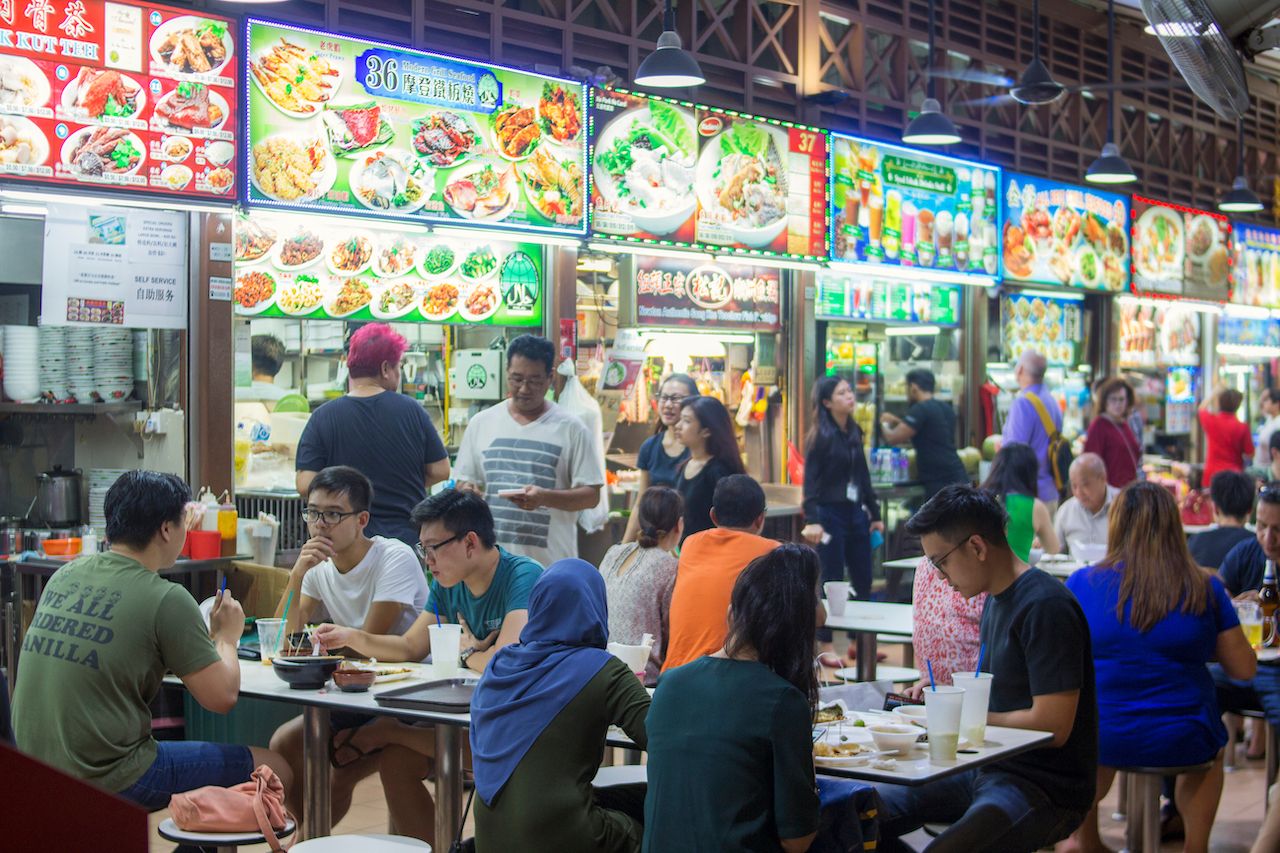Solar powered “supertrees,” modern skyscrapers, and the Marina Bay Sands place Singapore’s skyline among the most modern and iconic in Asia. Still, for many, a relic of the city’s past defines a visit to this island nation of nearly six million: hawker food centers.
Singapore’s hawker food centers are collections of independently operated food stalls housed under one roof. Some centers are small, with only a dozen or so vendors, while others have more than 100. Each vendor serves their own recipes, and in any given center you’ll find cuisine from around the world. Singapore’s diverse population — majority Chinese, but also with large populations of people of Indian and Malaysian descent — is well-represented in the hawker centers.



